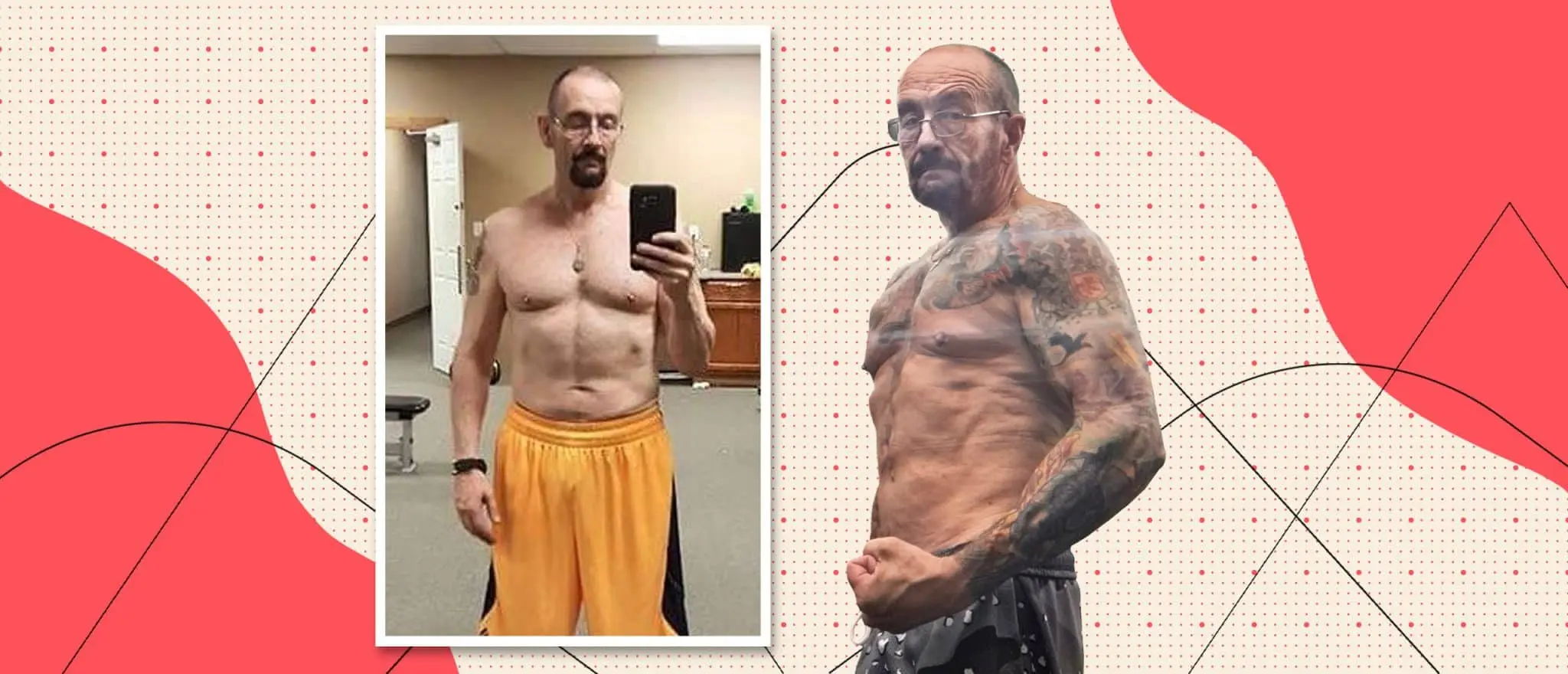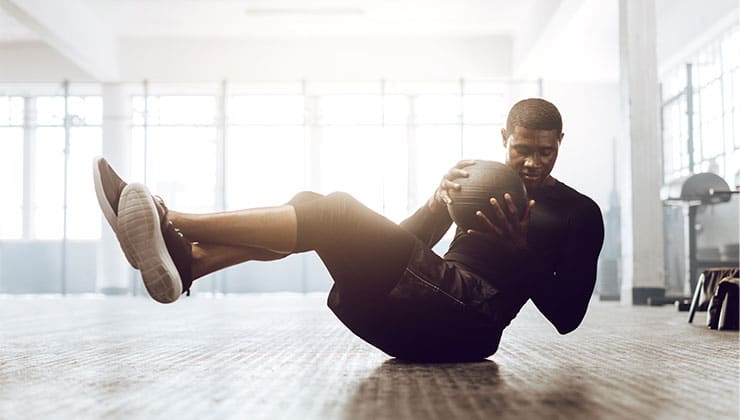I’m 69. Thanks to TRT, I’m as Fit as the High Schoolers At My Gym
- By John Coulter
- AS TOLD TO REBEKAH HARDING
- January 8, 2024
I
’ve always prioritized an active lifestyle. In my 20s I started going to the gym five to seven times a week; a habit I maintained for over 40 years. I also worked up to 60 hours a week in EMS and law enforcement, which involved physically strenuous tasks.
When I retired in 2018 at 67, I stayed active and maintained my gym routine. Then, about a year later, my energy levels nose-dived.
I struggled to stay awake during the day, which started to affect my athletic performance. I could only muster the energy to hit the gym three days a week.
I Decided to Check My Testosterone Levels
I had heard that low testosterone levels could be the culprit of my energy problem for a guy my age, so I ordered an at-home hormone assessment from Hone Health and scheduled a telehealth appointment with one of their partner physicians in June 2022.
The initial hormone test revealed that my total testosterone was 247 ng/dL, and my free testosterone was just 4 ng/dL. When my doctor saw my numbers, he exclaimed—“No wonder you don’t feel good.”
Editor’s Note: While 196–859 ng/dL is considered a normal testosterone range for men in their sixties, TRT may be recommended to those who experience symptoms of hypogonadism—including fatigue, low energy, and muscle loss.
He prescribed twice weekly 0.5 mL subcutaneous testosterone injections. Within a month, my total testosterone levels clocked in around 330 ng/dL—back in a healthy range. By January 2022, my total testosterone was over 800 ng/dL, and my free testosterone was 18 ng/dL.
Within the first 3 months I felt my energy coming back. By six months on TRT, my bench press was up to 235 from 195. My weight and body fat percentage also dropped from 190 pounds and 22 percent pre-TRT to around 180 pounds and 18 percent.
TRT Also Helped Me Recover From Surgery
My gym gains got railroaded in late 2022, when I noticed that my right knee felt loose and finicky. At night I would roll over on to my right side, and it would dislocate. That March, about eight months into TRT, my doctor recommended a knee replacement.
The surgery went smoothly, but I was motivated to get out of the hospital and get back in the gym as soon as possible. Doctors typically don’t clear patients for resistance exercises—even with light weights—until four to six weeks after surgery. But just a few days post-surgery, my doctor gave me the thumbs up to (carefully) hit the gym—all I had to do was go easy. By May, I was back to doing 30 second wind sprints for 2 to 3 miles easily.
I believe that TRT gave me the confidence to get back into my workout routine and helped me build enough muscle mass before surgery for a speedy recovery.
Editor’s Note: Some research suggests that testosterone may support rehabilitation after surgery or injury due to T’s link to bone mineral density and muscle mass (1).
I Can Keep Up With High School Athletes
Today, my body fat percentage is 11 percent—half of what it was before TRT—and I’m around 175 pounds.
I can keep up with the weight, pace, and reps that the high schoolers at my gym are hitting during their workout—as a 69-year-old. These days, I can do a 300 pound leg abduction and 250 pound leg adduction.
I have to admit, that feels pretty good.
Hone’s at-home testosterone assessment is the simplest way to uncover whether your levels are low. If you qualify for treatment, TRT can be sent right to your door.
References
1. Chung, et al (2015). Forbidden fruit for athletes, but possible divine blessing for rehabilitation: testosterone.













